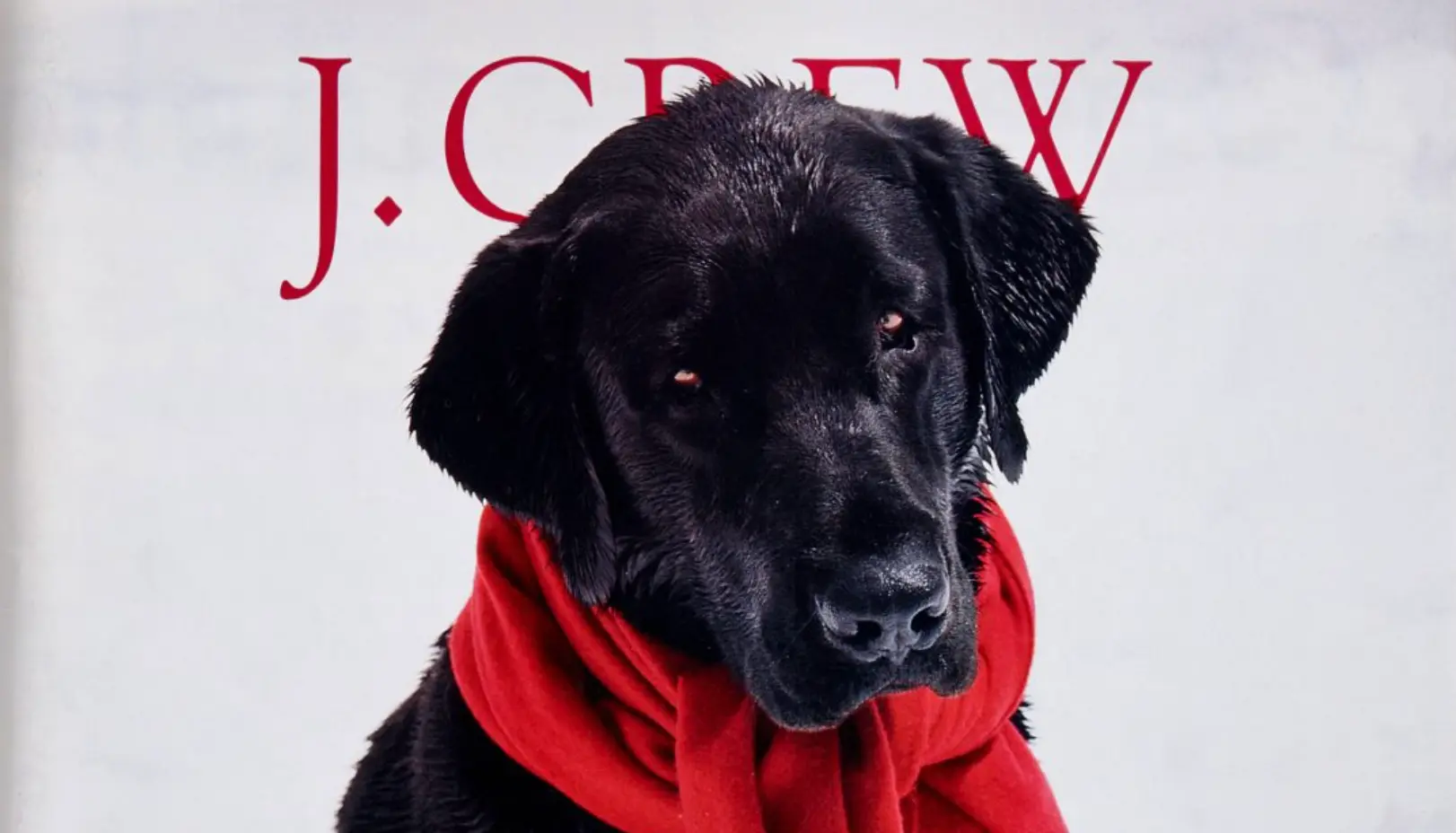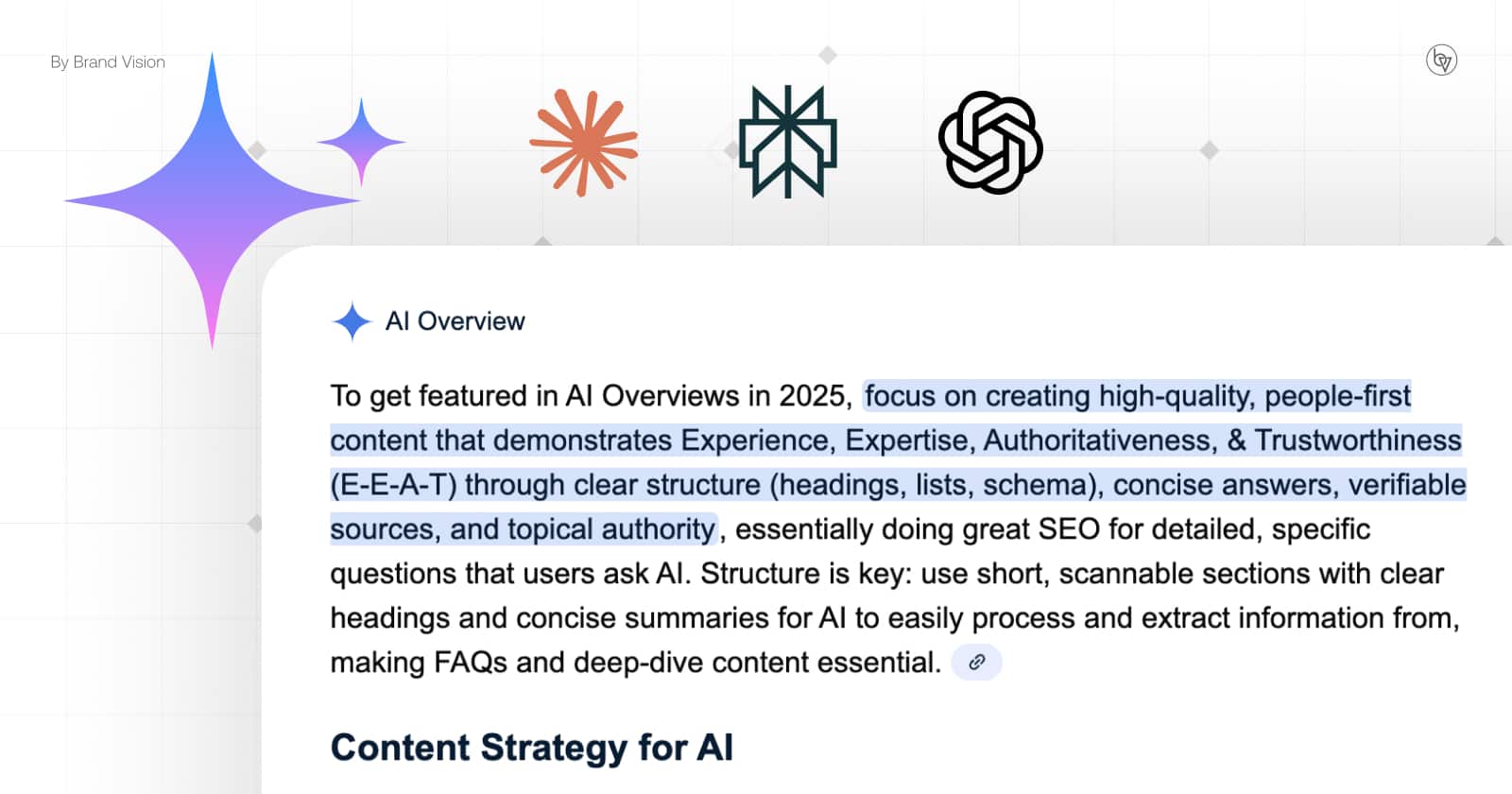Why Every Brand Should Study Its Competitors’ Follows
Updated on
Published on

Reading the Unspoken Language of Instagram
Everyone watches everyone else online. Brands do it too, even if they never say it out loud. The public nature of social media makes it easy to see whom a company follows, who they unfollowed, and which brand/influencers they suddenly interact with. Those little movements may not seem like much, but they speak a dozen words about direction and priorities than a polished press kit could ever speak.
The instagram follower tracker from FollowSpy.ai builds on that reality. It gathers these open signals and turns them into a readable pattern. Marketers who learn to notice those movements gain a quiet advantage. They stop guessing what competitors might do next and start recognizing the early signs before the rest of the market wakes up.
Every follow means attention. Every unfollow, a decision. Understanding this rhythm is how modern brands stay one step ahead.

A World Built on Signals
In older marketing days, research came through expensive surveys or long reports that arrived when the trend had already passed. Now, real-time clues appear daily. A beauty label suddenly follows ten dermatologists. A tech company connects with creators who post about sustainability. These are not random gestures. They mark the start of something.
At first, the signals feel too small to matter. A single follow means nothing. But when the pattern repeats, meaning forms. Maybe the beauty label is preparing a skin-science product line. Maybe the tech company wants to frame its brand as environmentally responsible. The movement happens before the message, and those who pay attention catch it first.
There is an unwritten cadence here, as if we are placed to see footprints before seeing who made them. The problem is watching and paying attention without over-reading. Curiosity assists but obsession obscates.
Why Follows Matter More Than Metrics
Analytics dashboards have conditioned marketers to think in numbers. Likes, reach, engagement rates. Those metrics show scale, but not direction. They describe where attention currently is, not where it is going. The pattern of follows tells another story, one of relationships and intent.
Imagine two fashion brands. Both post similar content, yet one consistently starts following mid-tier influencers before a new season. The other does not. Months later, the first brand appears in collaborative posts with those same creators. The signal was visible to anyone who cared to notice.
Following patterns reveal networks before they form officially. They show testing grounds for partnerships and the subtle reshaping of identity. Numbers tell you who reacted. Follows tell you who matters.
Some marketers dismiss this as coincidence. Others quietly monitor it with growing curiosity. They may not talk about it in meetings, but their strategies change because of what they see.
Turning Curiosity Into Strategy
Studying competitors’ social activity should never feel like snooping. It is public data, open for anyone willing to look closely. What separates insight from gossip is how that data is used. Smart teams translate curiosity into structured observation, spotting the difference between trends and noise.
When used well, follower tracking becomes a soft form of early market intelligence. It helps answer questions that traditional analytics can’t.
For example:
- Who are our competitors building relationships with?
- Which creators gain attention across multiple brands in the same niche?
- When do companies shift focus from one community to another?
- Are new regions or demographics starting to appear in their network?
- How quickly do competitors respond to cultural moments online?
Responding to these inquiries develops context. Context influences timing. And timing - more than some number on a dashboard - determines who leads. Yet, misusing the data is straightforward. The temptation to simply imitate others is always present. But imitation rarely wins. The point is to understand movement, not to mimic it. Seeing a competitor’s focus drift toward wellness influencers might inspire a different approach entirely: maybe collaboration with fitness educators instead of lifestyle bloggers. Awareness informs creativity.
The Ethics and Edge of Transparency
Watching competitors online is not new. The novelty lies in how visible their moves have become. What used to require rumor or insider connections now unfolds in public, one follow at a time.
Transparency in this context cuts both ways. Brands that study competitors’ behavior are also being studied. Every connection leaves a trace. Every engagement tells a story about where attention goes.
Some executives feel uneasy when hearing about tools that map these signals. They fear crossing ethical lines. But following someone on a public platform is not private behavior. It is communication through choice, visible by design. The question becomes less about access and more about interpretation.
A marketer once compared it to standing in a crowded square. Everyone can see who talks to whom. The trick is not to eavesdrop, but to understand the flow of conversation. That is what follower analytics really are – not spying, but listening with intent.
Used wisely, it builds better strategies. It prevents blind spots. And it reminds teams that social media remains a human space where patterns of attention reveal the real pulse of culture.

Reading Between the Lines
Competitive advantage is seldom the result of hiding something from public knowledge. Competitive advantage instead emerges from clarity; the capability to see the small things before others see their merits. Public data - such as follows and unfollows - are readily observable public markers of public consumption or desire, but they often conceal meaning until connected in a useful and strategic way.
The quiet success stories in marketing often start there. A brand sees where others are heading and adapts before the trend becomes crowded. Another recognizes which influencers competitors ignore and forms relationships that later define a niche. These choices look lucky from outside, but they are built on observation.
Of course, even the best insights fade if they turn into routine. Over-analysis can kill instinct. There is still room for gut feeling, for creative leaps that no data can predict. The balance lies in blending intuition with awareness, knowing the field well enough to move freely within it.
Social media changed how companies communicate. It also changed how they are seen. A follow may look small, but it carries intent, momentum, and story. Those who learn to read it early write the next chapter of their market before anyone else realizes a new one has begun.







